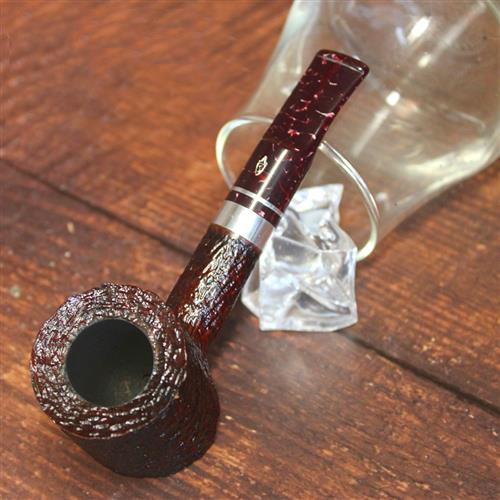Bacco Pipes
Bacco Pipes: A Guide to the Different Types and Materials
Pipe smoking has a long and rich history, with archaeological investigations linking smoking pipes, made of copper, back to Egypt around 2000 BC. Since then, the art of pipe smoking has evolved, with hundreds of options and variations of pipes and pipe tobacco available for enthusiasts. In this article, we will focus on Bacco pipes, the different types, and materials used in making these pipes.
Bacco pipes are popular among pipe smokers due to their quality, variety, and elegance. They are named after "Bacco," the Italian god of wine and intoxication. Bacco pipes are often used for smoking tobacco, but they can also be used for smoking other herbs.
The following are the different types of Bacco Pipes:
- Apple Pipes: Apple pipes have a pear-shaped bowl with a small round shank and bent stem. They are lightweight and easy to handle, and their small size makes them perfect for traveling.
- Billiard Pipes: Billiard pipes have a straight stem and cylindrical bowl, making them simple yet elegant. They are one of the most popular types of pipes and generally have a smooth finish.
- Calabash Pipes: Calabash pipes have a large, curved bowl and a distinctive stummel style. The bowl is made of a dried gourd, which is typically coated with wax or similar substances to protect it against moisture.
- Canadian Pipes: Canadian pipes have an elongated shape, with a straight stem and deeply curved bowl. They have a unique look and are appreciated among collectors for their rarity.
- Dublin Pipes: Dublin pipes have a cone-shaped bowl that narrows to the stem and a slightly bent stem. They are a classic pipe design that first emerged in Irish manufacture.
- Freehand Pipes: Freehand pipes are hand-carved pipes and have an eccentric shape. They have an artistic look and attract many collectors.
- Sitter Pipes: Sitter pipes have a flattened bottom, which allows them to rest on a table without tipping over. They are commonly used for smoking while reading or relaxing.
Pipes are made from various materials that have an impact on their appearance, weight, and smoking experience. The most commonly used materials in Bacco pipes are:
- Briar: Briar is the most popular material used for pipes due to the unique properties it possesses. Briarwood is lightweight, durable, and heat-resistant. It also has a distinct pattern of grains that gives it a unique appearance and is known for its ability to absorb moisture.
- Meerschaum: Meerschaum is a white mineral that is soft, porous, and lightweight. It is used extensively for carving ornate pipes, decorating them with intricate designs.
- Corn Cob: Corn cob pipes are inexpensive and have been popular for years. They are lightweight, and the corn cob allows the pipe to breathe and cool the smoke.
- Clay: Clay pipes were widely used in the past and are still available today. They are the most affordable pipes and cool fast due to their porous nature. Their small size and lightness make them great for travel.
When smoking a pipe, the stem and bit play an important role in the smoking experience. The stem's length determines the airflow and the smoke's temperature, while the bit, or mouthpiece, is responsible for delivering the smoke. The most common materials used for the stem and bit are plastic, Vulcanite, and acrylic.
In conclusion, Bacco pipes are the epitome of elegance and quality. Whether you're a seasoned smoker or just starting, choosing the right pipe can make all the difference in your smoking experience. Consider the size, shape, and material when selecting the perfect Bacco pipe, and don't forget to try different types of pipe tobacco for a truly enjoyable experience.
